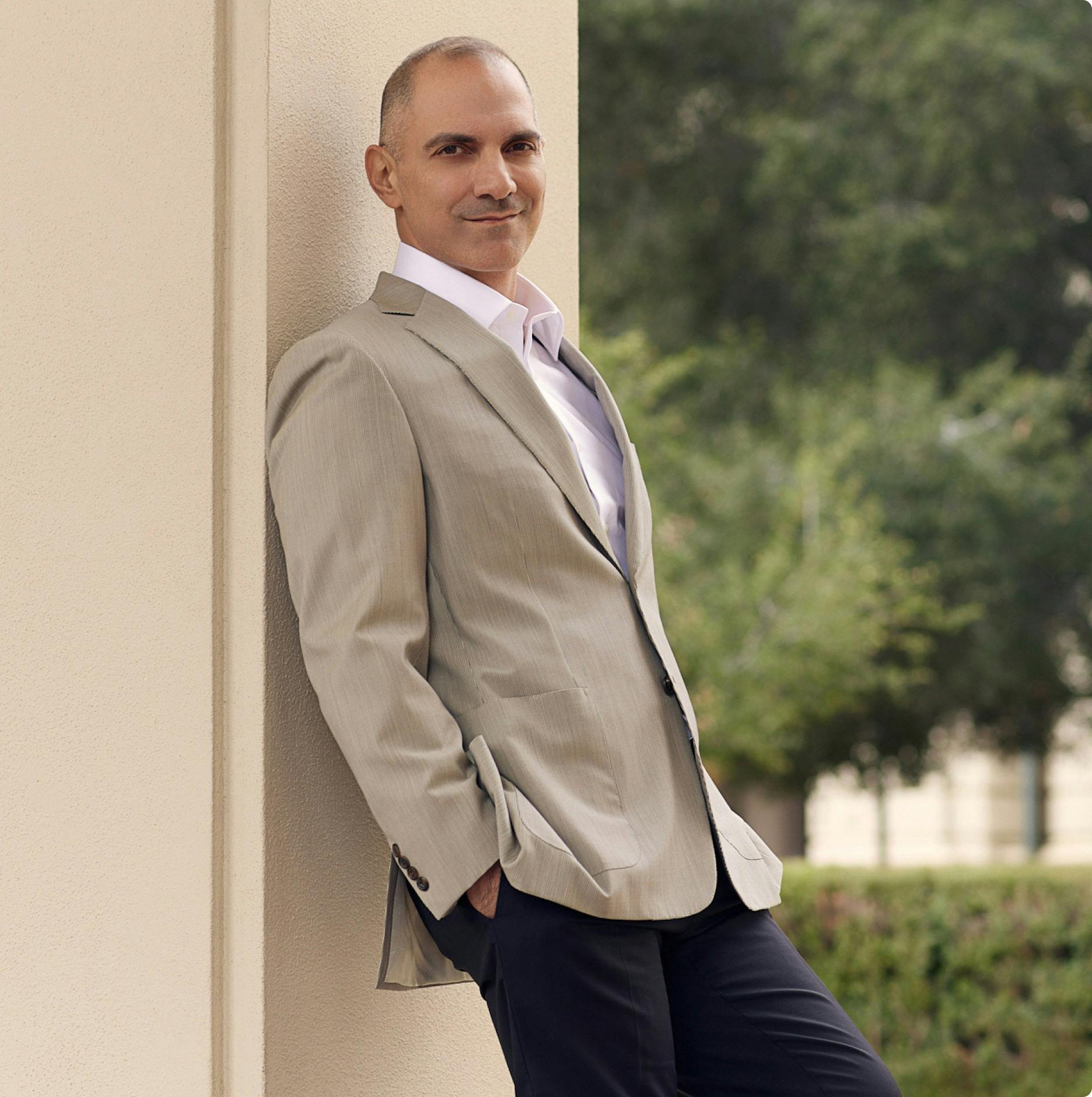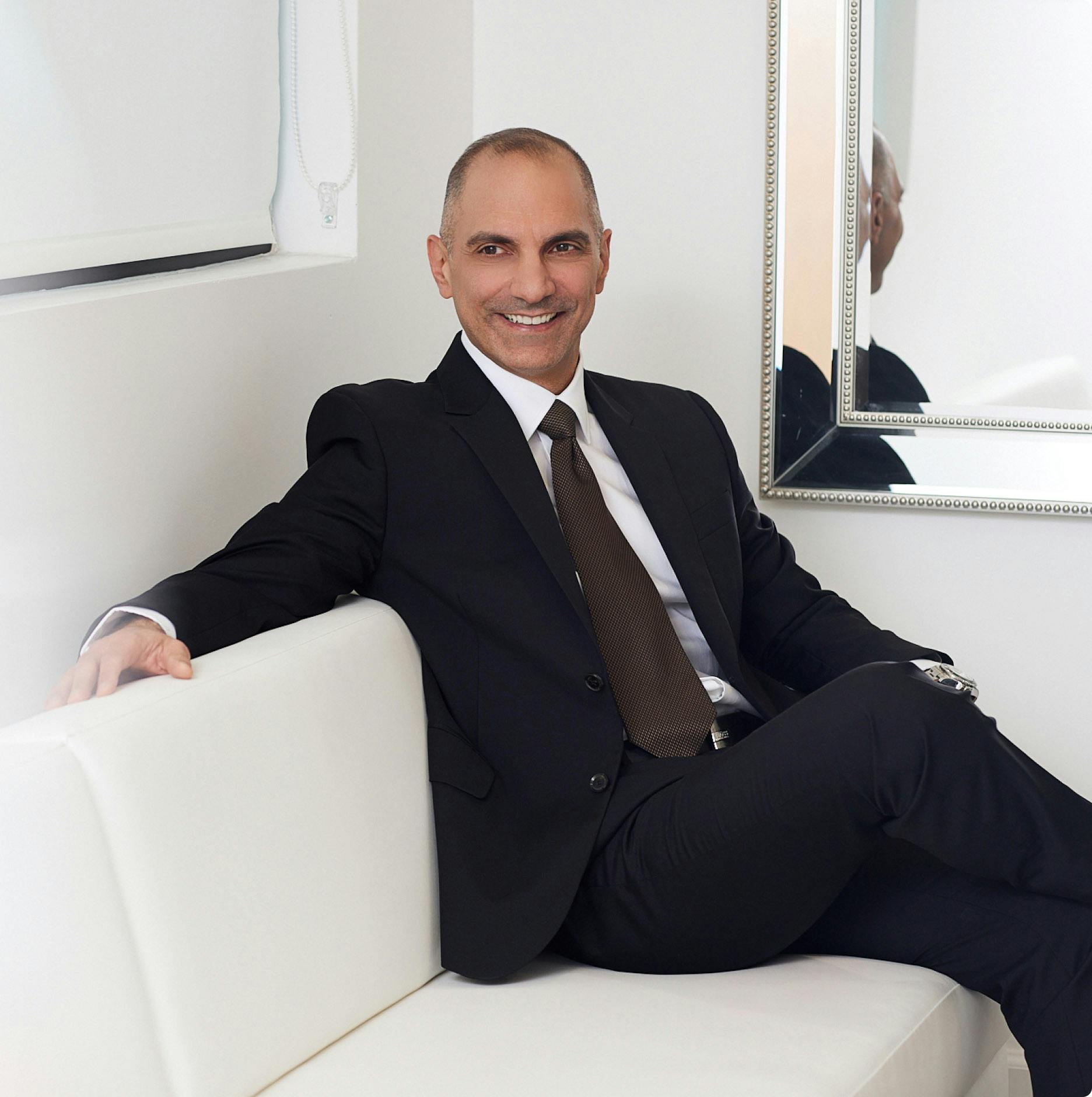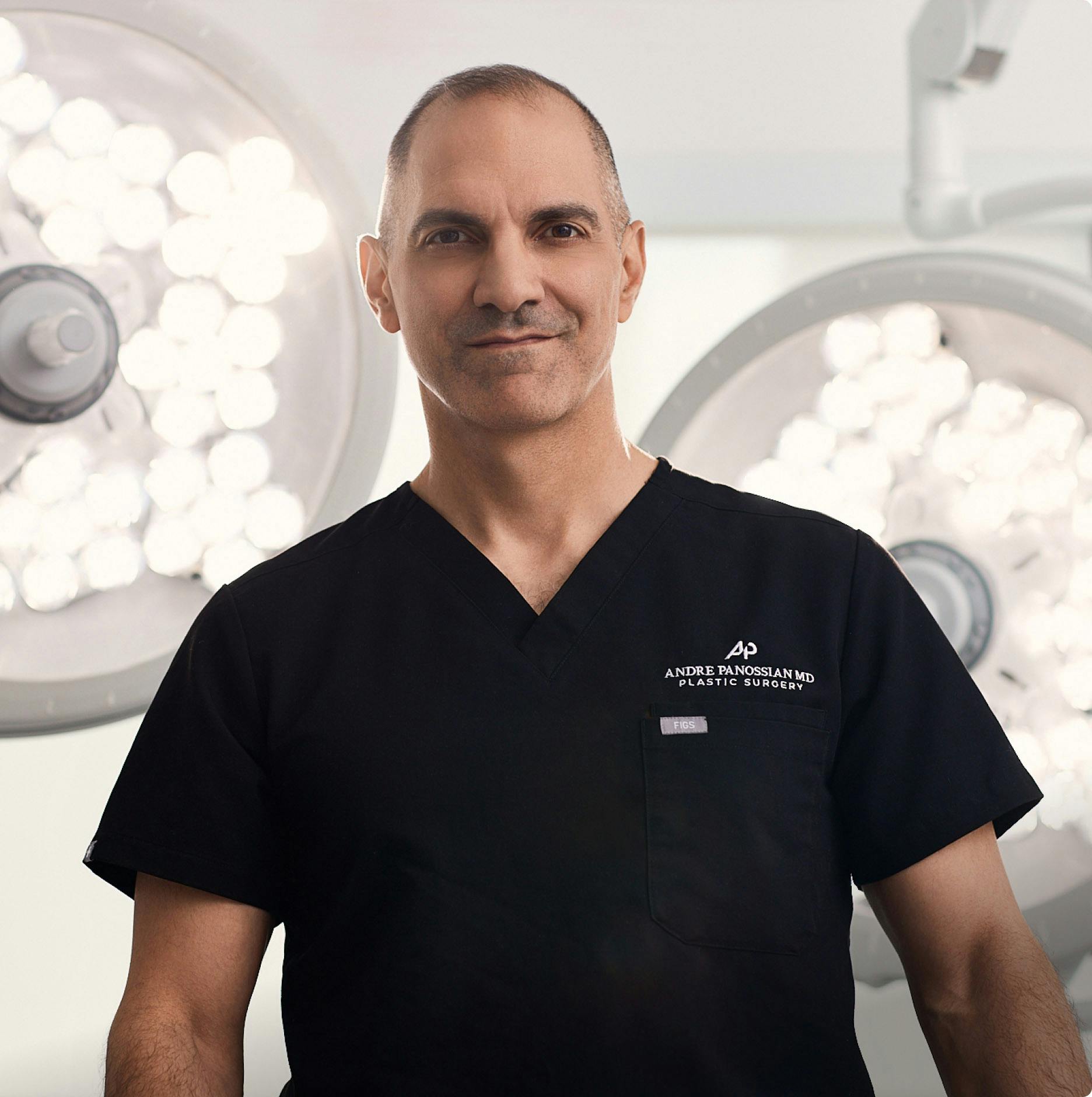Microtia is a congenital condition where the external ear is underdeveloped, affecting hearing and appearance.
Understanding Microtia
Microtia is a congenital condition characterized by underdeveloped or malformed ears, often present at birth. This rare abnormality affects approximately 1 in 10,000 infants, with varying degrees of severity. Typically, microtia manifests as a small, misshapen external ear lacking the structural support found in fully formed ears. Sometimes, microtia is accompanied by aural atresia, where the ear canal is narrow or absent, leading to hearing impairment.
Anotia denotes the complete absence of an ear, while microtia is classified into different grades based on the extent of ear deformity:
- Grade I: The ear and ear canal are smaller than average, but external and internal structures are formed.
- Grade II: The external ear is deformed, and the ear canal may be narrowed or underdeveloped.
- Grade III: The external ear is more severely misshapen and small and often lacks cartilage. The ear canal may also be narrowed or absent. Grade III represents the most severe form of the condition.
- Grade IV: Complete absence of the external ear, with the ear canal typically underdeveloped or absent.
The exact causes of microtia are not always known, but they are believed to involve issues with cell development or insufficient blood supply during fetal development. Certain maternal infections, such as rubella, and exposure to certain medications during early pregnancy may also increase the risk of microtia. Medications like retinoic acid, Accutane, clomiphene, and thalidomide have been linked to microtia when used during pregnancy.
Microtia, particularly with hearing loss due to aural atresia, may result in disability, affecting a child's communication skills and learning abilities. Social Security income may help cover some medical expenses associated with microtia-related disabilities. While bone-conduction hearing devices like BAHA (Bone Anchored Hearing Aid) or cochlear implants can help restore hearing, reconstructive surgery aims to improve the ear's form and function.
















